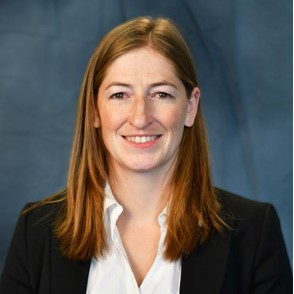Machine Learning Applied to Prediction of Brittle Fracture Processes
A special issue of Applied Sciences (ISSN 2076-3417). This special issue belongs to the section "Materials Science and Engineering".
Deadline for manuscript submissions: closed (31 October 2019) | Viewed by 3019
Special Issue Editors
Interests: combined finite–discrete element simulations; finite element modeling; high strain rate processes; material modeling; fracture and fragmentation processes; shock wave propagation in solids and fluids
Special Issues, Collections and Topics in MDPI journals
Interests: fracture and fragmentation processes; brittle materials; reduced-order models; multiscale modeling; constitutive models; mesoscale models; crack interaction and propagation; impact loading; shock physics; phase-field models
Special Issues, Collections and Topics in MDPI journals
Special Issue Information
Dear Colleagues,
In recent decades, simulation of brittle fracture and fragmentation processes have been addressed with the help of high-fidelity first-principle physics-based numerical models which rely on different solution methodologies (e.g., finite elements). Similarly, the emergence of experimental capabilities now allows for detailed and in situ material characterization. As a consequence, the evolution of individual cracks and crack networks inside a brittle medium can be studied with a high level of fidelity at a microscale level. However, high-fidelity models can be quite expensive from the point of view of the CPU resources and the time needed to obtain a solution, to a point in which they can seriously constrain the simulation scale addressable. Furthermore, the sensitivity of the chosen numerical model with respect to the input parameters and the boundary conditions of the systems is not always clear to the user, which can have serious consequences when trying to establish error bounds for the obtained solutions. From an experimental standpoint, these techniques result in very large, multi-dimensional datasets that take time to process and study. An alternative approach is to develop machine learning techniques to learn from experimental datasets and/or from numerical results obtained from high fidelity numerical simulations, in order to obtain reasonable answers in a fraction of the time and resources needed with the other alternatives, thus accelerating the discovery and optimization of new/current material systems.
This Special Issue concentrates on gathering the latest and greatest advances in the application of machine learning techniques to the resolution, study, and classification of fracture processes (initiation, propagation, arrest, interaction, etc.) in brittle materials. Original contributions from engineers, mechanical materials scientists, computer scientists, physicists, chemists, and mathematicians are encouraged. Both experimental and theoretical papers are welcome.
Dr. Esteban Rougier
Dr. Abigail Hunter
Guest Editors
Manuscript Submission Information
Manuscripts should be submitted online at www.mdpi.com by registering and logging in to this website. Once you are registered, click here to go to the submission form. Manuscripts can be submitted until the deadline. All submissions that pass pre-check are peer-reviewed. Accepted papers will be published continuously in the journal (as soon as accepted) and will be listed together on the special issue website. Research articles, review articles as well as short communications are invited. For planned papers, a title and short abstract (about 100 words) can be sent to the Editorial Office for announcement on this website.
Submitted manuscripts should not have been published previously, nor be under consideration for publication elsewhere (except conference proceedings papers). All manuscripts are thoroughly refereed through a single-blind peer-review process. A guide for authors and other relevant information for submission of manuscripts is available on the Instructions for Authors page. Applied Sciences is an international peer-reviewed open access semimonthly journal published by MDPI.
Please visit the Instructions for Authors page before submitting a manuscript. The Article Processing Charge (APC) for publication in this open access journal is 2400 CHF (Swiss Francs). Submitted papers should be well formatted and use good English. Authors may use MDPI's English editing service prior to publication or during author revisions.
Keywords
- Fracture
- Fragmentation
- Machine learning
- Data assimilation
- Parameter sensitivity
- Brittle materials
- Reduced-order models






